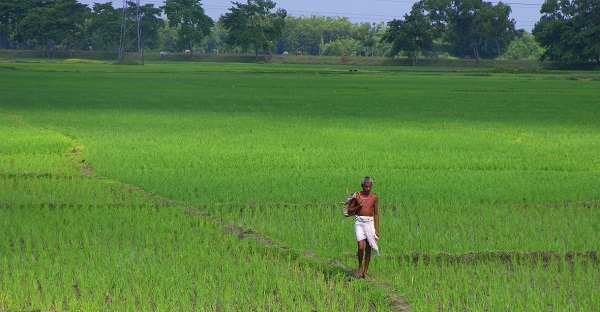The land, which is left without cultivation for one or less than one agricultural year is known as Current Fallow.
The physical extent of the land on which crops are sown and harvested is known as Net Sown Area.
Land use pattern changes with time and the nature of economic activities carried out in that region.
As a result of increase in population, change in income levels, available technology, and associated factors, pressure on land increases and marginal lands come under use.
When secondary and tertiary sectors grow much faster than primary sector, then agricultural land changes into non-agricultural land.
Likewise, India has undergone major changes within the economy over the past four or five decades, and it has influenced the land-use changes in the country.
Because of the changing structure of the Indian economy, the rate of increase of non-agricultural land is very fast.


No comments:
Post a Comment